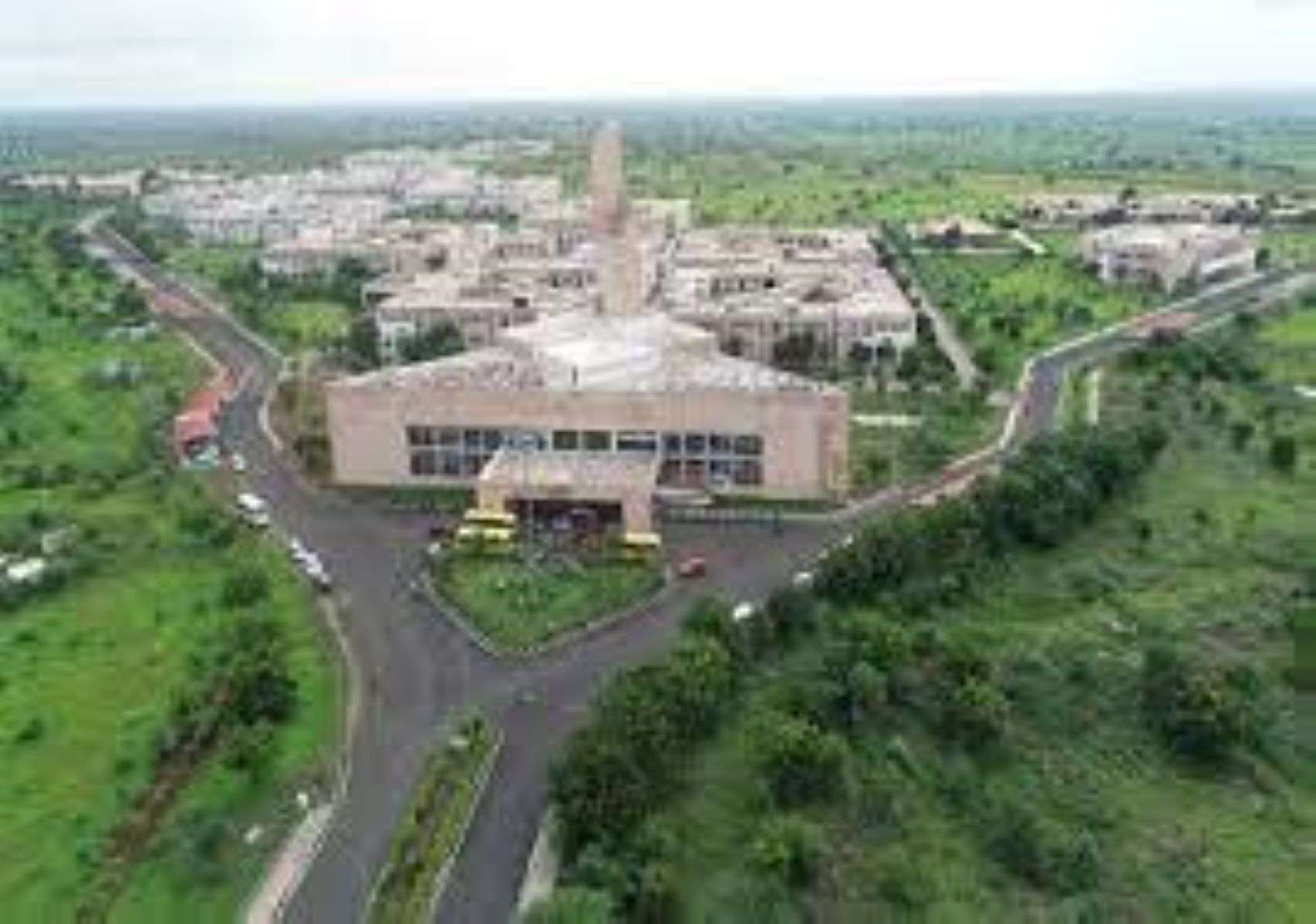Around 55 million years ago, when the Indian subcontinent collided with Asia, many plants and animals migrated from India to other parts of Asia. Now, studying the evolutionary history of a spider family, researchers have attempted to map the dispersal event from India to the islands of Southeast Asia 55-38 million years ago.
- The team from the Institute of Zoology of the Chinese Academy of Sciences conducted extensive field studies in Tibet, Nepal and Sri Lanka, and genetic studies were conducted on more than 100 species of spiders in worldwide.
- Based on the climate and the current distribution of these spiders, they were concentrated in 12 regions, including South and Central America, Africa, Madagascar, India, Sumatra, Fiji and Borneo.
Common ancestor
The constructed stories show that a subfamily of spiders called Theotiminae may have originated from Africa, while a sister family called Ochyroceratinae was of South American descent. This means that they had more than one common evolutionary ancestor, and the taxonomy might even need revisions.
Why not East Asia?
One question the researchers were trying to answer was: why didn’t the spiders migrate from India to East Asia? They note that unlike the humid tropics of Southeast Asia, East Asian countries such as China, Japan, Korea and Mongolia had an arid climate with less than 800mm of annual precipitation during this period.
“Although there is no obvious geographic barrier, this dry or seasonal climate acted as barriers to the colonization of East Asia by theothymines,” explains the article published in Systematic Biology.
Role of climate
Also, during this period, the Tibetan plateau became a mountain belt nearly 4000 m high and the colder and drier climate was also unsuitable for spiders.
“Our analyzes suggest that climate plays a more important role than geology in the biological migration from the Indian subcontinent to Southeast Asia, providing new insights into the Indo-Asian biogeographic link,”
the document notes.
During the field study, the team noted that in some areas spiders were found in the forest litter, while in others they were in caves.
Habitat changes
- The researchers write that these habitat changes also occur depending on the climate of the region. “Most caves have an almost constant temperature and high humidity throughout the year, which provides suitable shelters for theotimines in environments that vary according to the season. Species in a humid environment can live in garbage or in caves, while species in an environment with little rainfall are more frequently found in caves, ”the document adds.
- The team writes that an “integrative approach that combines different sources of evidence, such as biogeography and ecology,” can provide a more realistic reconstruction of the history of evolution. They predict that other organisms distributed in the tropics may also exhibit similar migration mechanisms.











More Stories
Registration for CLAT 2025 begins today; last date October 15
CLAT 2025 registration will begin on July 15
Delhi University 5 Year Law Programs Registration Begins